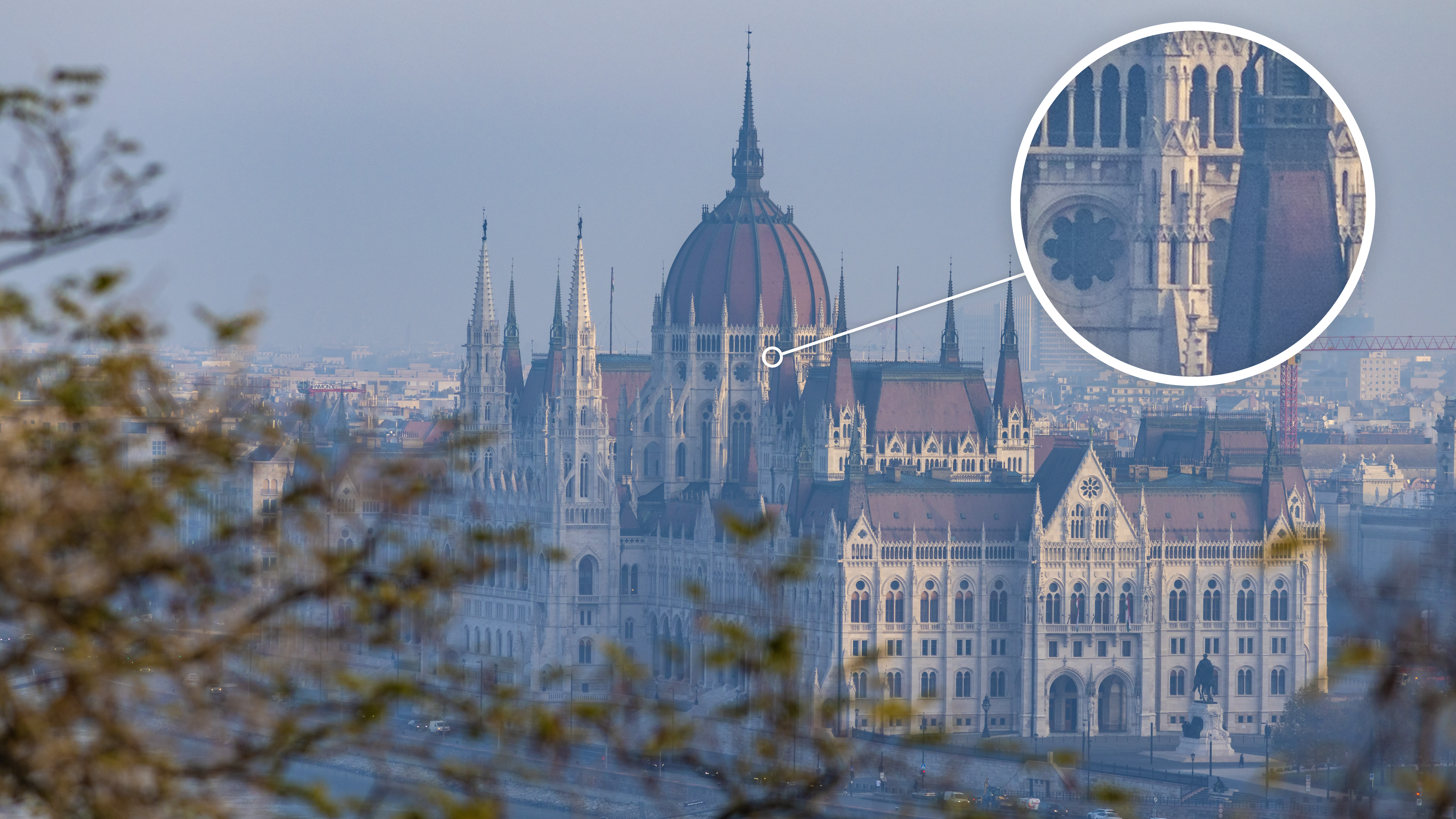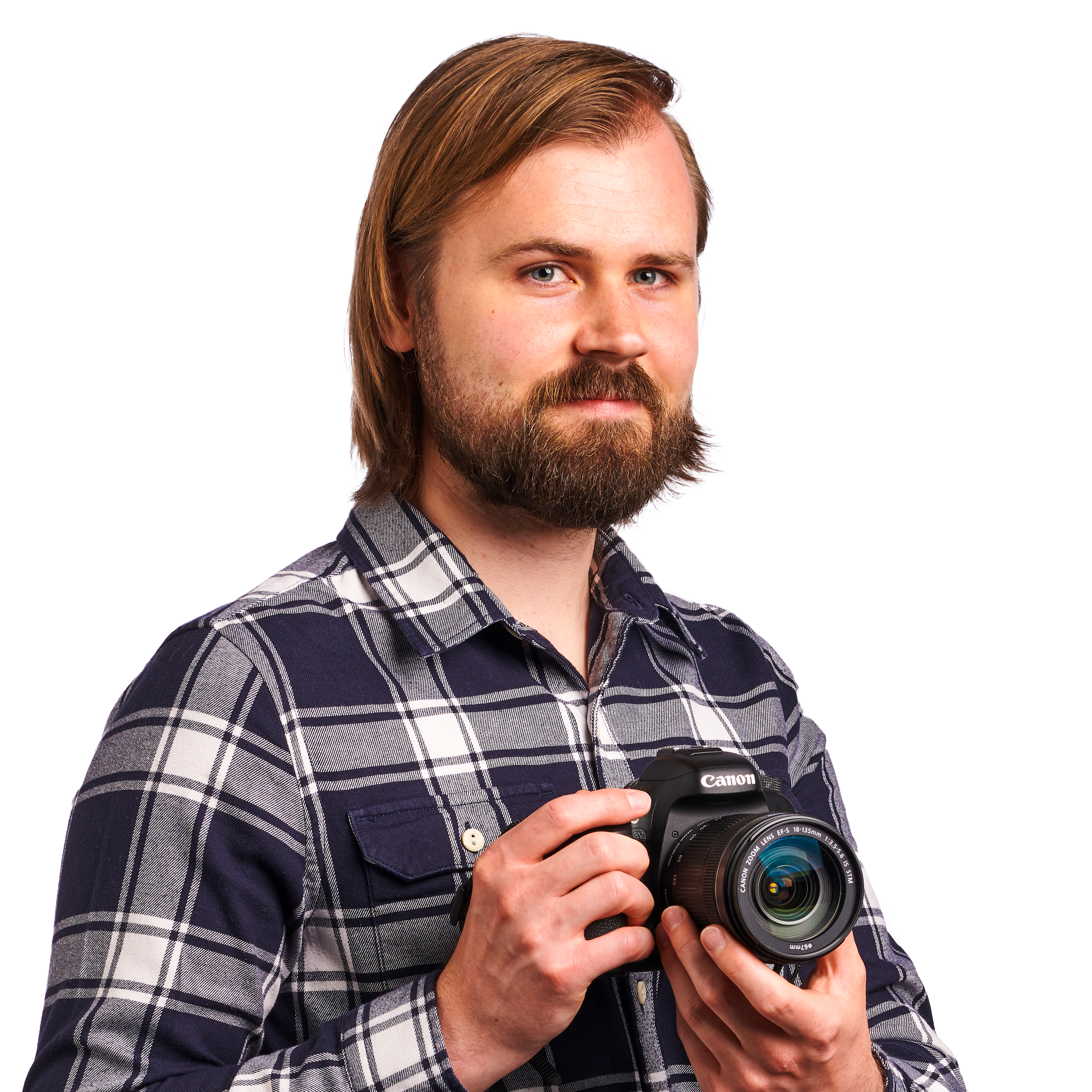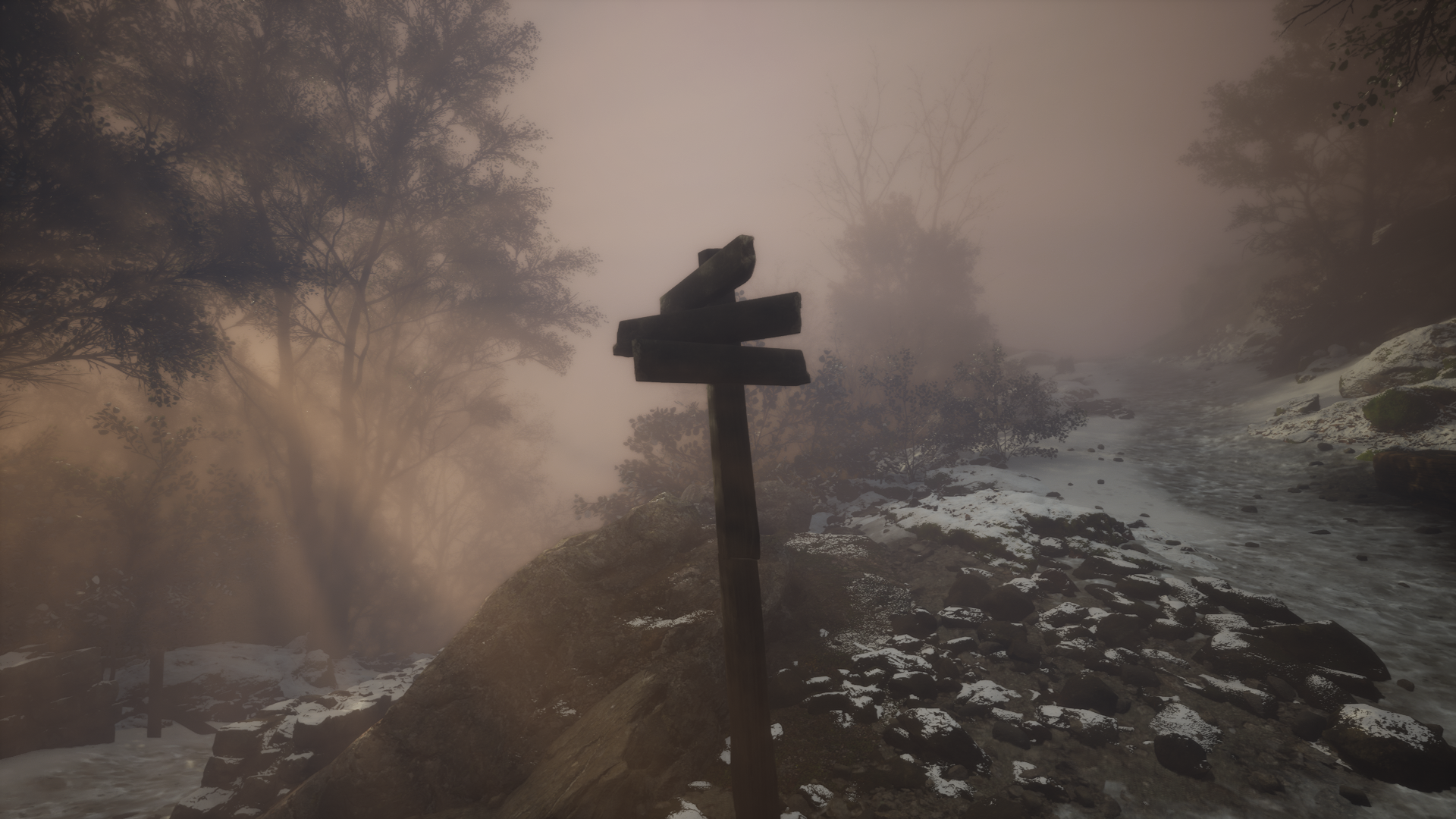
There’s a variety of different ways we can compare cameras to work out which is better for any given scenario, from sensor size to optical zoom, or stabilization to its FPS. For readers of our website I’m sure you know more about camera terminology than the average person. However, for the general punter – think of an elderly person looking to buy a camera to photograph their grandchildren, resolution – or how large you’ll be able to print and view your images, has been the best metric to help explain why a particular camera is good, without getting too into the weeds.
Resolution is measured in megapixels – a term I’m sure you’re all familiar with, and each ‘megapixel’ is one million pixels. Back in the early 2000’s when digital cameras were in their infancy this was a big deal. At least 6MP is needed to print at A4, though realistically 12MP or higher is best. This was important when the digital cameras of the time were very low in resolution, however with most cameras on the market today featuring over 20MP, I’d argue it’s not the biggest feature we should be worried about anymore. Even smartphones like the Apple iPhone 16 Pro has 48MP and Samsung’s Galaxy S25 claims to be 200MP!
Whilst there was a valid reason to be concerned about megapixels in years gone by, camera manufacturers have improved resolution so much that it’s not a big deal. You can pretty much take for granted that your next camera will have over 20MP – easily more than enough to make A4 prints, and way more than enough if you’re only ever planning to share your images on social media via a small phone screen. Instead, prioritise things that will make more of a fundamental difference, such as how pocketable is the camera, does it have a zoom, what are its video capabilities like and can you change lenses? These are some of the questions you should ask yourself when buying a new camera.
Don’t get me wrong I love shooting on my 45MP Canon EOS R5 – the ability to crop images comes in handy. But I also shoot with a Canon EOS R6 Mark II which has a much lower resolution of 24.2MP. This means more manageable files and larger pixels spread across the sensor for less noisy photos in low light when shooting at high ISOs and just proves the point that sometimes less is more.
You may also like
If you enjoyed this article you may also like the highest resolution cameras you can buy, or browse the best compact cameras.
Get the Digital Camera World Newsletter
The best camera deals, reviews, product advice, and unmissable photography news, direct to your inbox!

Deputy Editor on PhotoPlus: The Canon Magazine, Dan also brings his technical wizardry and editing skills to Digital Camera World. He has been writing about all aspects of photography for over 10 years, having previously served as technical writer and technical editor for Practical Photography magazine, as well as Photoshop editor on Digital Photo.
Dan is an Adobe-certified Photoshop guru, making him officially a beast at post-processing – so he’s the perfect person to share tips and tricks both in-camera and in post. Able to shoot all genres, Dan provides news, techniques and tutorials on everything from portraits and landscapes to macro and wildlife, helping photographers get the most out of their cameras, lenses, filters, lighting, tripods, and, of course, editing software.
You must confirm your public display name before commenting
Please logout and then login again, you will then be prompted to enter your display name.
